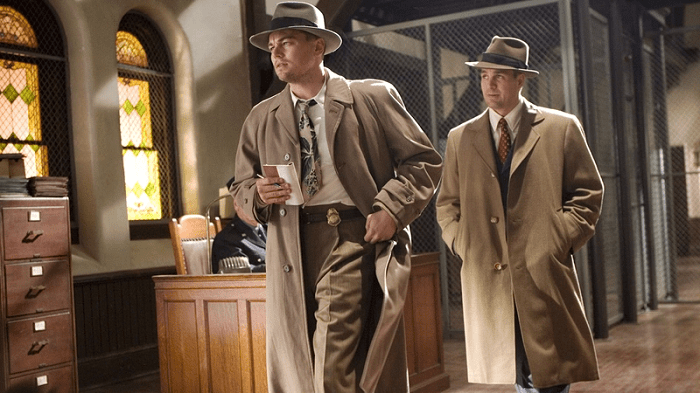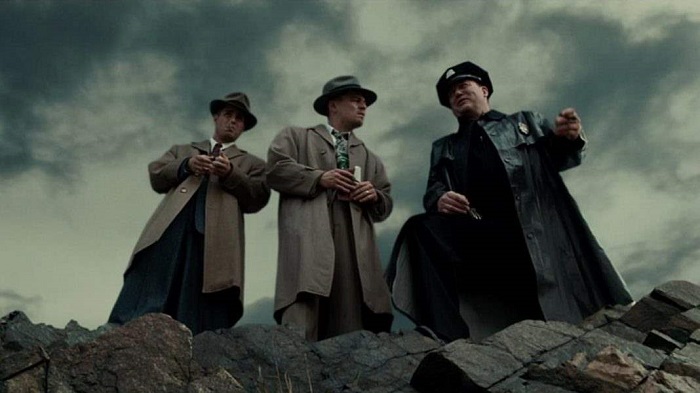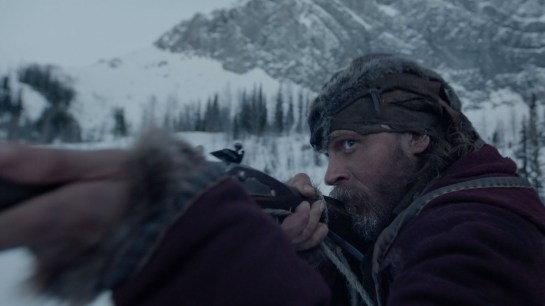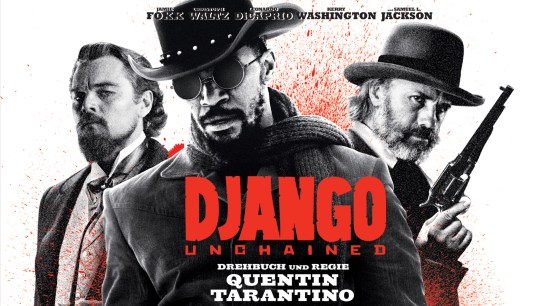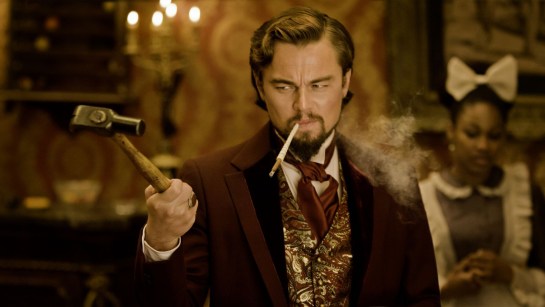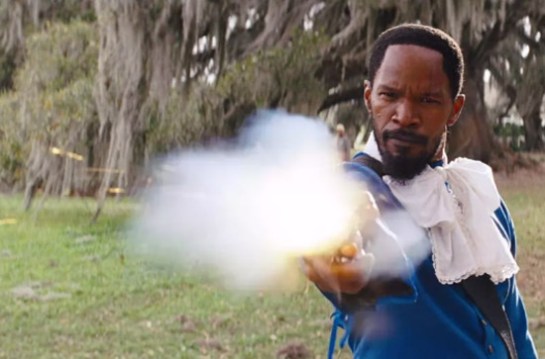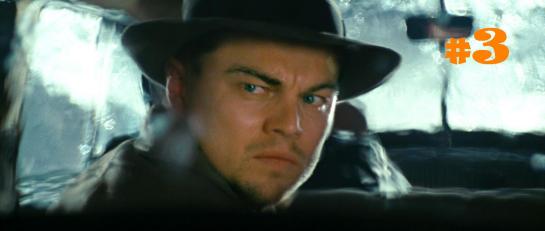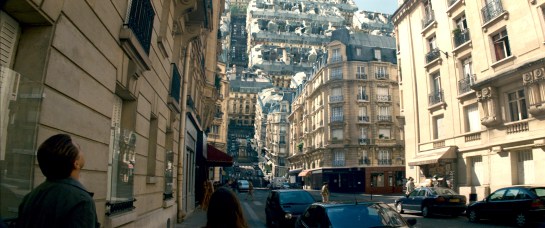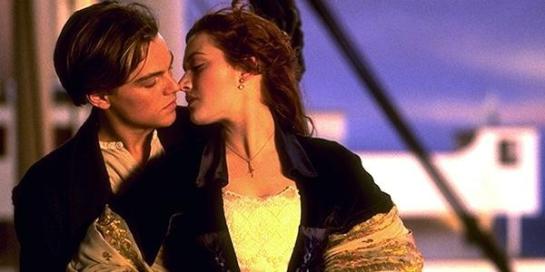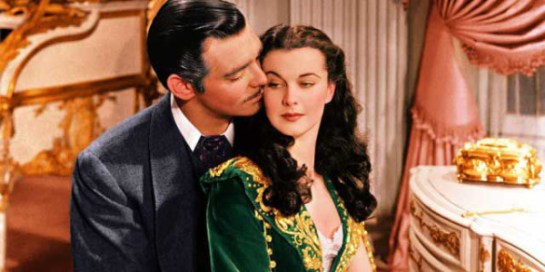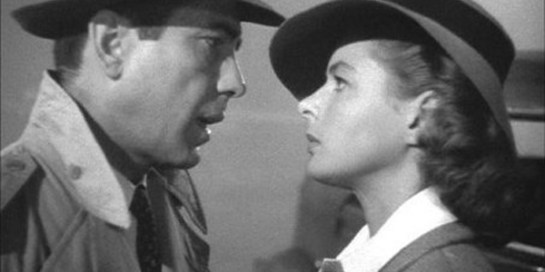“Shutter Island” is a film that usually gets tossed aside when discussing the greater movies of filmmaker Martin Scorsese. But since first seeing it in the theater during its original 2010 release (three times actually), I’ve stood firmly by my assertion that it’s absolutely top-tier Scorsese. I loved everything about it then, and I’ve found that it still holds up to repeat viewings. The cast, the script, the costumes, the production design, and (of course) the direction are all top-notch.
Adapted from the novel by Dennis Lehane, “Shutter Island” (at the time) marked the fourth collaboration between director Martin Scorsese and Oscar-winner Leonardo DiCaprio (they would re-team in 2013’s “The Wolf of Wall Street” and their latest, “Killers of the Flower Moon” is due out next year). Here Scorsese delves into the psychological thriller genre while also brilliantly injecting elements of horror and even classic noir. It all fits great with the cool period setting and the overall captivating premise.
DiCaprio plays Federal Marshal Teddy Daniels, who is summoned to Ashecliffe Hospital on Shutter Island in Boston Harbor. It’s a mental hospital for the criminally insane where a patient has recently gone missing. Teddy is accompanied by his new partner Chuck (Mark Ruffalo) to investigate the disappearance, but they’re immediately met with a lack of cooperation. Teddy grows increasingly impatient, particularly with the facility’s head psychiatrist, Dr. Cawley (Ben Kingsley). To complicate matters, Teddy is being haunted by recurring dreams of his wife (Michelle Williams) who we learn died two years earlier.
Scorsese is meticulous and deliberate in unfolding the many layers of the story (written by Laeta Kalogridis), often focusing on misdirection more than a straightforward narrative. He sends us in several different directions but never gives us any firm footing until the end. And as usual for Scorsese, he never does anything without a purpose or reason. Whether it’s metaphorical, revelatory, or a simple homage, his scenes are filmed with specificity and intent. If you fail to soak in the details there’s a good chance you may miss much of what he’s going for.
In a movie like this, the less you say about the story the better. But as the mystery uncoils, Scorsese reveals as much through his camera as through the script. The riveting cinematography (from Quentin Tarantino regular Robert Richardson) helps make the island one of the most effective supporting characters. Peddocks Island in Boston Harbor was used for the haunting, panoramic shots of Shutter Island and was particularly effective in setting the tone in the chilling opening sequence. From there, the camera steadily works to immerse us deeper and deeper into the story’s dark and unsettling setting.
As for the performances, DiCaprio delivers what is one of my favorite performances of his to date. He’s handed some challenging and emotionally heavy material, and he nails it. Ruffalo, Williams, and Kingsley along with Emily Mortimer, Patricia Clarkson, Jackie Earl Haley, and John Carroll Lynch make for a stellar supporting cast. We even get the late great Max von Sydow is small yet terrific role playing a creepy German doctor with a mysterious presence. Scorsese is known for surrounded himself with quality performers, and it’s certainly no different here.
“Shutter Island” was one of the best films of 2010, and it remains among my favorites from Martin Scorsese. It’s impossible to restrict it to any one genre, it maintains a wonderfully eerie tone, and the direction and visual energy is sublime. Scorsese takes us on an emotional ride that can be hard to watch especially as truths are slowly unearthed. The movie does require patience, but the payoff, both narratively and cinematically, makes every second of this extraordinary film worthwhile.


